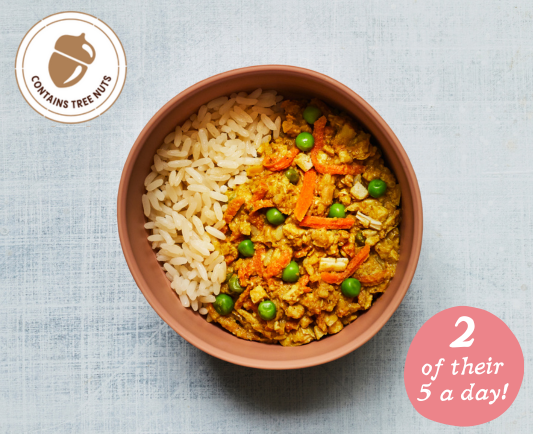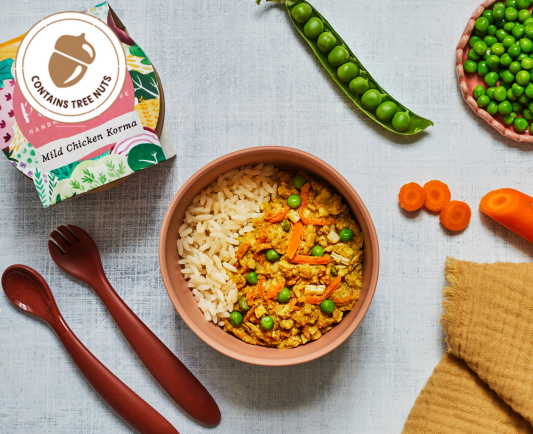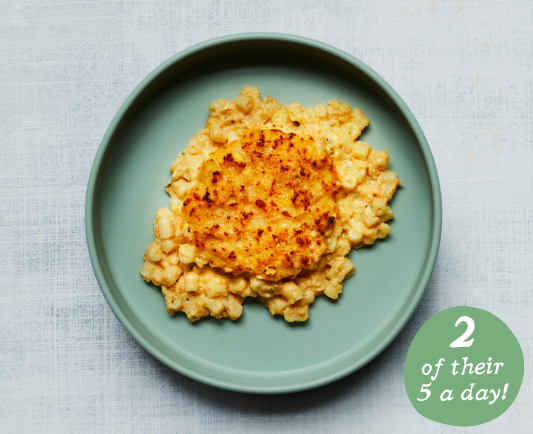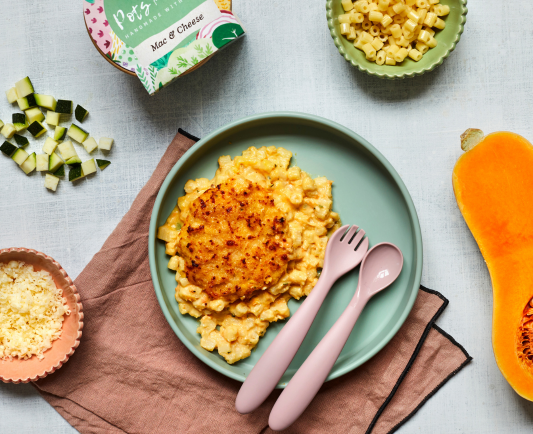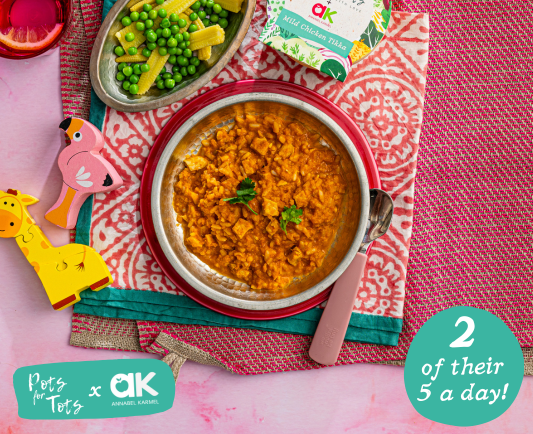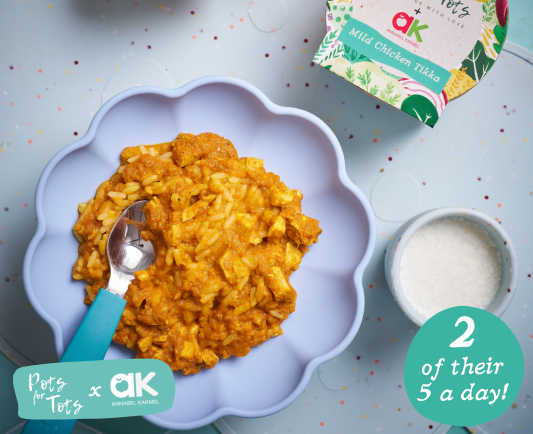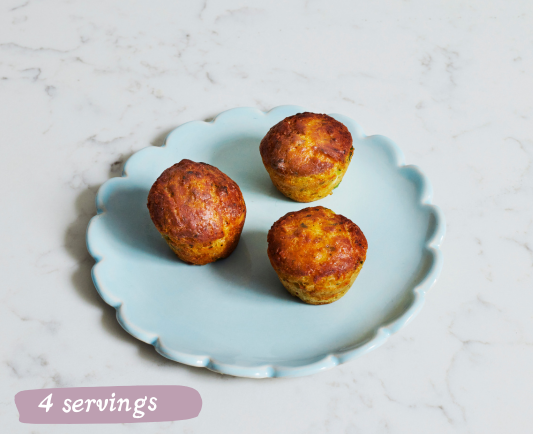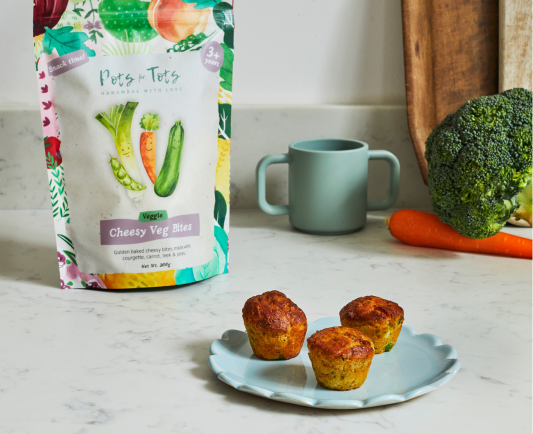There has never been more noise about gut health, and rightly so - the community of the tiny bugs in our digestive system can have a significant impact on health. For children, we know from science that the first three years can be pivotal for establishing a healthy happy 'gut garden'.
With all the noise around gut health, you might be wondering what you can do to support your child's gut health - does it have to be expensive supplements and special nutrition? Well actually no, you're probably incorporating lots of steps to support their gut health already without even realising it.
Lucy Upton, our resident Children's Dietitian, explains more about what exactly your gut microbiome is, and shares her tips to support your child's 'gut garden'…

What is our gut microbiome?
Our gut hosts many trillions of microorganisms (e.g. bacteria, viruses, fungi, single-cell animals), often collectively referred to as the gut microbiome. There is a vast variety of different organisms, and it can be helpful to think of these like a 'gut garden' – each needing slightly different foods or environments to thrive.
Most of the microorganisms present in our gut are beneficial (and vital) to our health. They have important roles such as digestion, immune function, and disease prevention. Sometimes, harmful bacteria can be present in the gut, which, if present in large enough amounts, can cause illness or impact health.
For the first few months of life, your child's gut microbiome is shaped by factors such as method of delivery, milk feeds e.g. breast or formula, skin to skin contact, medication use and even where you live. Starting solids signals a time of change for your baby’s biome, as the introduction of different foods supports a community of ‘new friends’ in your baby’s gut.
Research has shown that there is a window of opportunity up to around three years of age, where a child’s ‘gut garden’ develops and diversifies, which also coincides with our understanding of the importance of the first 1000 days of a child's life - as a key time for healthy development and shaping future health.

So, how do we support babies and children to grow a healthy gut garden?
The clue is in the need for a diverse microbiome, which means dietary diversity and variety are key! Dietary diversity = Microbiome diversity!
Our top tips to support your child's healthy gut microbiome…
1. Offer as much variety with foods as possible - Avoid getting stuck offering the same foods again and again!
Our menu of meals support you with not just that crucial variety of foods, but we are here to give you plenty of inspiration for menu planning and mealtime diversity, too.
2. When you first introduce solids during weaning, there is no need to follow an approach where you offer a new food for three days before moving on - Unless this is an allergenic food or you've been advised otherwise, e.g. by a health professional. This approach means you end up offering significantly less foods each week, than if you offer a range of different foods across each day and week.
3. Get those vegetables in - start early and offer often! Even if your little one takes some time to get used to them, vegetables are fantastic fibre feed for your baby’s microbiome (let’s not forget fruit too). We always say, exposure is key - the more you continue to offer, the more likely your little one will become interested, and hopefully start consuming more vegetables. Here are six tips to help encourage your tot to eat more veggies!
We include 3 or more veggies in all of our children's meals - with a range of vegetarian and plant-based dishes to meals packed full of 'hidden veg' for picky eaters!

4. Don’t forget plant-based protein sources - Legumes, pulses, beans and lentils are wonderful sources of microbe-feeding fibre, and help to support you to offer a balance of different foods to your baby’s gut garden (remember different microbes need different foods).
We offer a whole host of meals packed with plant-based protein sources - from the lentils in our Lentil Bolognese to the chickpeas in our Veggie Korma, we wanted to ensure our meals include gut-loving, nutrient-dense pulses!
5. Offer a wide variety of grains – it’s easy to get stuck offering similar options for grains such as rice, pasta or oats. Including a greater variety of starchy foods and wholegrains is another way to support offering plenty of different foods for your baby’s building microbiome.
6. Avoid highly processed foods – Whilst foods which are typically higher in fat, sugar and refined grains are not encouraged during weaning or the younger years, there are clear differences in the gut microbiomes of countries with diets higher in these foods compared to those in communities where these are not eaten regularly.
Our meals are here to help you build confidence in preparing fresh and balanced meals for your child - after all, we're here to be an advocate for the health of our children and yours.

And there you have it! Thanks, Lucy for helping guide us through the nutritional noise and overwhelming terms by breaking down all we need to know about our children's gut microbiome.
Make sure to follow Pots for Tots and Lucy on Instagram for even more expert tips, and stay tuned for our next blog post!
Team Pots for Tots x

